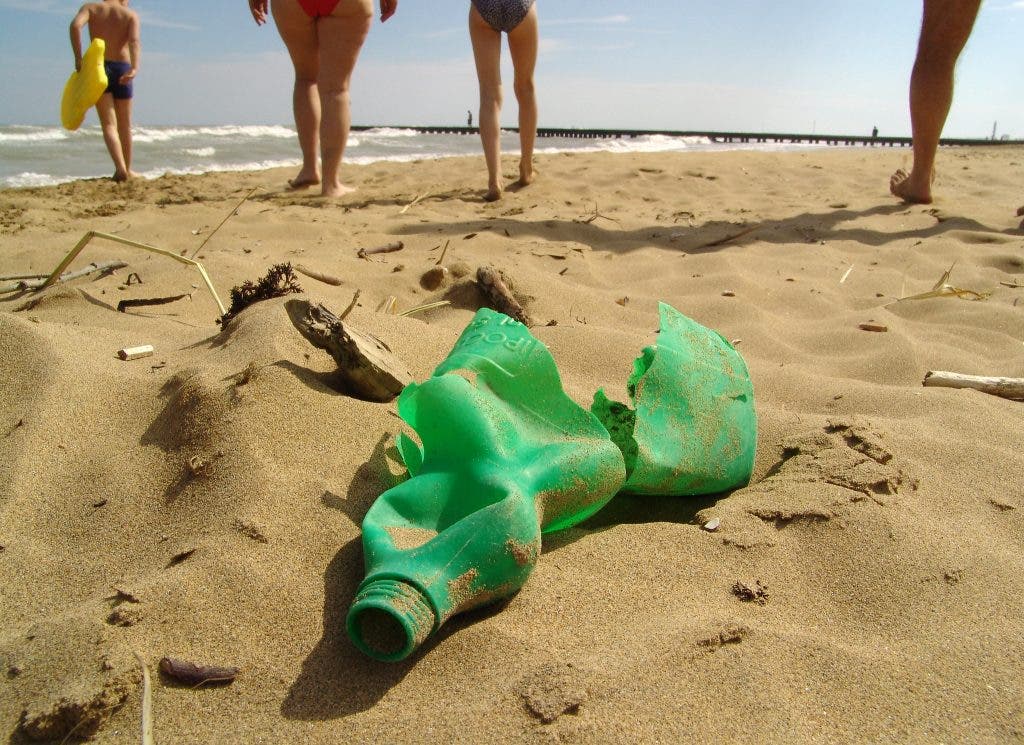A handful of companies are the source of more than half of all the single-use plastic items discarded globally, creating an environmental mess and fueling greenhouse gas emissions at the same time.

The Plastic Waste Makers Index listed the companies at the forefront of the plastic supply chain and manufacture polymers, the building block of plastics. The report, published by the Minderoo Foundation, also showed that the companies are supported by a small number of financial backers.
ExxonMobil and Dow top the list, contributing 5.9 million tons and 5.5 million tons of plastic waste respectively. They are followed by China-based Sinopec, responsible for 5.3 million tons. Eleven of the companies in the list are based in Asia, four in Europe, three in North America, one in Latin America and on in the Middle East, the report found.
After Exxon Mobil, Dow and Sinpoec, the study found these firms are the biggest producers of single-use plastic: Indorama Ventures, Saudi Aramco, PetroChina, LyondellBasell, Reliance Industries, Braskem, Alpek SA de CV, Borealis, Lotte Chemical, INEOS, Total, Jiangsu Hailun Petrochemical, Far Eastern New Century, Formosa Plastics Corporation, China Energy Investment Group, PTT and China Resources. For the large part, it’s the big oil and gas companies.
The 20 global companies generated more than half of the 130 million metric tons of single-use plastic thrown away in 2019. Their plastic production is funded by leading banks such as Barclays, HSBC, Bank of America, Citigroup and JPMorgan Chase. Almost 60% of the finance funding the plastic waste crisis comes from just 20 banks, with US$30 billion in loans given since 2011.
“The trajectories of the climate crisis and the plastic waste crisis are strikingly similar and increasingly intertwined,” former US Vice President Al Gore said in a statement. “As awareness of the toll of plastic pollution has grown, the petrochemical industry has told us it’s our own fault and has directed attention toward behavior change from end-users of these products.”
The study also looked at the countries that are the biggest per capita contributors to single-use plastic production. Australia and the US, respectively, were found to produce the greatest amounts of single-use plastics, at more than 50 kilograms per person per year in 2019. By contrast, the figure is as low as 4kg in India and 18kg in China.
Single-use plastics, such as bottles, bags and food packages, are the most commonly discarded type of plastic. They are made almost exclusively from fossil fuels and are very hard to recycle, which means they usually end their short lifecycle by polluting the oceans, being burned or dumped into landfills. In recent years, governments are seeking to discourage their use, either banning them or charging extra for them. However, action is slow in some areas.
“An environmental catastrophe beckons: much of the resulting single-use plastic waste will end up as pollution in developing countries with poor waste management systems,” the authors wrote. “The projected rate of growth in the supply of these virgin polymers will likely keep new, circular models of production and reuse ‘out of the money’ without regulatory stimulus.”
The authors said the plastics industry across the world had been allowed to operate with minimal regulation and limited transparency for decades. This has undermined a shift to a circular economy, including the production of recycled polymers from plastic waste, reusing plastic and using substitute materials.
Only 2% of single-used plastic was from recycled polymers in 2019.









